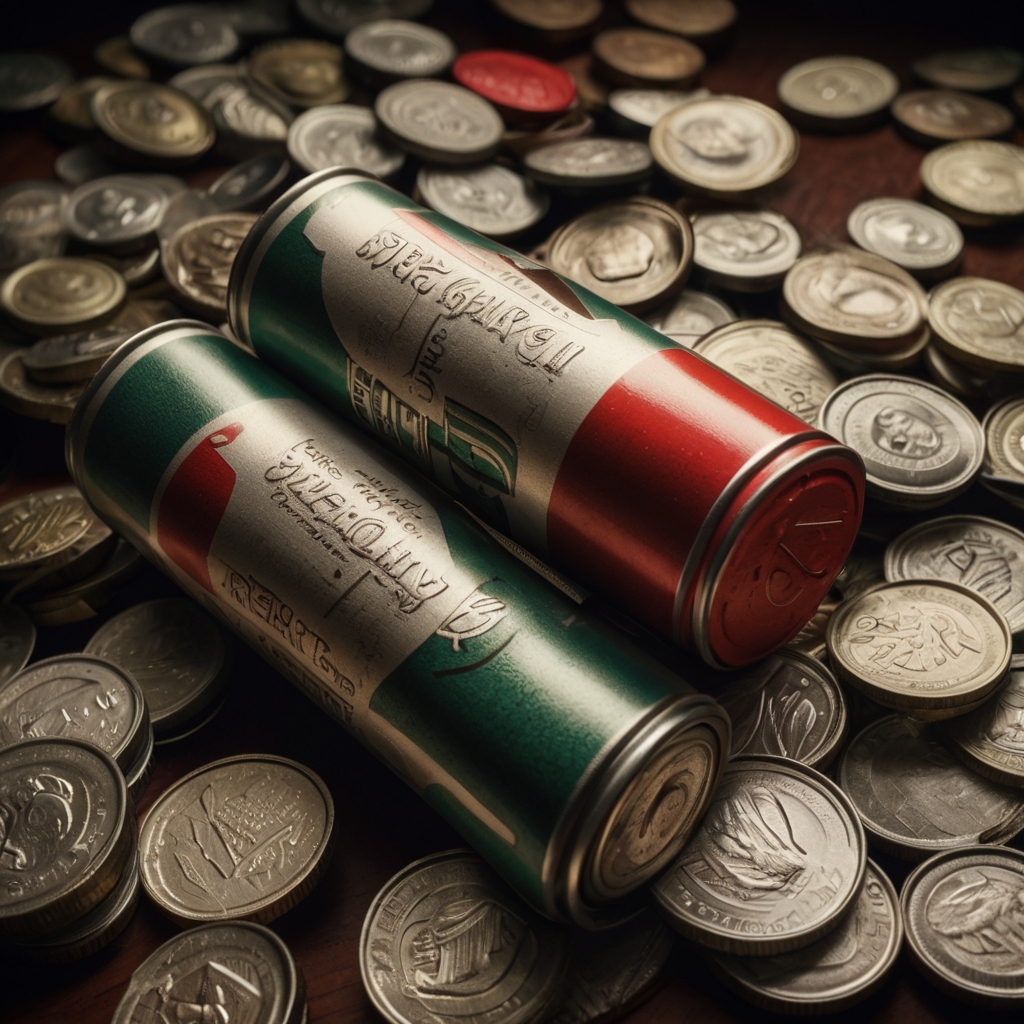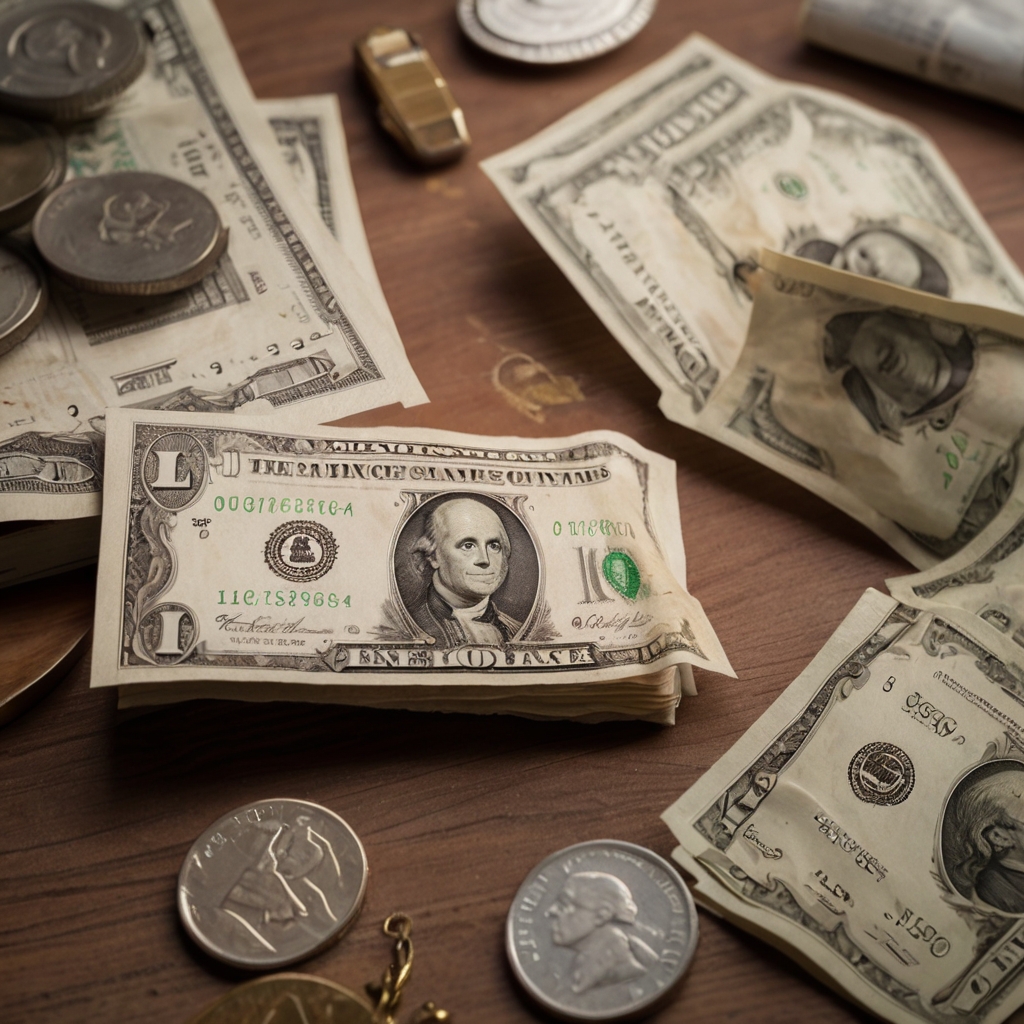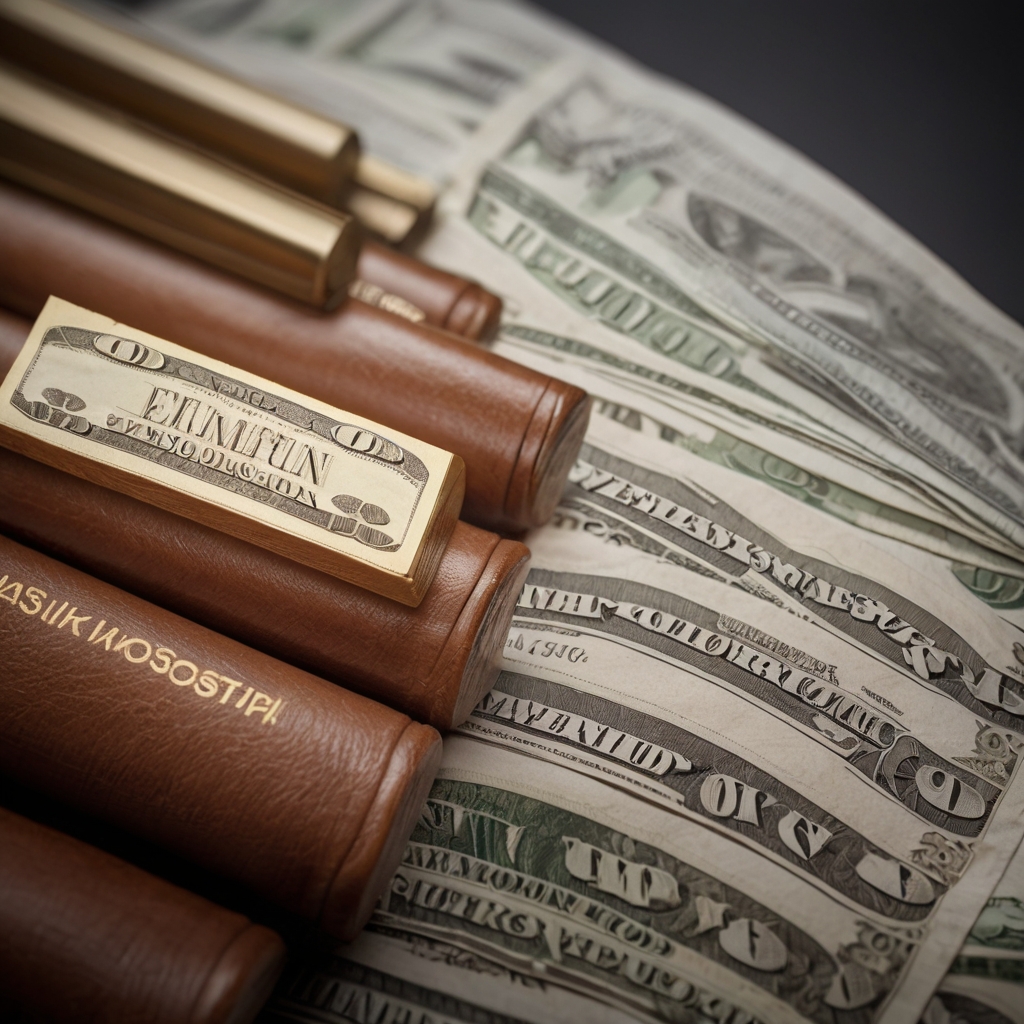Introduction to Risk-Free Investing
Investing your money without taking any risks sounds like a dream, right? We all want our money to grow, but without the stress of losing it. While “risk-free” investing may be a bit of a myth, there are ways to invest that come very close. This guide will walk you through how to protect your money while still making it work for you.
Table of Contents
Toggle
Can Any Investment Be Truly Risk-Free?
Let’s be honest—no investment is 100% without risk. Even stashing cash under your mattress comes with the risk of inflation or theft. However, there are investments so low-risk that your principal is highly protected. The key is knowing where to look and how to structure your strategy.
The Psychology Behind Safe Investing
People crave security. Watching your money disappear in a volatile market can be emotionally draining. That’s why safe investing is as much about peace of mind as it is about protecting capital. You’re not chasing high returns—you’re preserving your financial future.

Principles of Low-Risk Investing
Understanding Capital Preservation
The golden rule? Don’t lose money. Capital preservation means you’re focused on maintaining your initial investment. Growth is slow but steady—like the tortoise, not the hare.
The Rule of Risk vs. Reward
Generally, the higher the return, the higher the risk. Safe investments tend to offer modest returns, but in exchange, you sleep better at night.
Importance of Diversification
Even safe investing needs a backup plan. Spread your money across different asset types and sectors. Diversification is like putting your eggs in multiple baskets, so one fall doesn’t break them all.

Best Low-Risk Investment Options
High-Yield Savings Accounts
These are your basic go-to for super low risk. Your money is held in a bank, insured by FDIC (in the U.S.), and you earn interest with zero market exposure.
Pros:
Liquid
No risk to principal
Cons:Low return, inflation may eat into gains
Certificates of Deposit (CDs)
Lock in your money for a fixed time—usually 6 months to 5 years—and earn a guaranteed interest rate.

How They Work:
You deposit a lump sum, and the bank holds it until maturity. Early withdrawals = penalties.
Treasury Securities
Backed by the government, these are about as safe as it gets.
Treasury Bills (T-Bills): Short-term
Treasury Bonds (T-Bonds): Long-term
Returns are small but ultra-safe.
Money Market Funds
These funds invest in short-term, high-quality debt, like T-bills. They’re low risk and often better than regular savings accounts.
Fixed Annuities
These are contracts with insurance companies that provide a guaranteed return. Your capital is locked, but your payout is stable.
Municipal Bonds
Issued by local governments. Tax advantages and safety make these popular with conservative investors.

Stable Blue-Chip Dividend Stocks
While stocks come with risks, established companies like Coca-Cola or Johnson & Johnson tend to weather economic storms and pay consistent dividends.
Alternative Low-Risk Strategies
Real Estate Crowdfunding
You can invest in property without buying an entire building. Choose platforms that focus on income-generating assets.
Peer-to-Peer Lending (with safeguards)
Lend money to individuals or businesses online, but only go for well-rated borrowers and platforms with risk protections.
Investing in Yourself
This is often overlooked. Gaining new skills, certifications, or education can yield lifelong returns—better job opportunities, side income, or starting your own business.

Using Insurance to Minimize Risk
Life Insurance with Cash Value
Certain life policies allow your premiums to build cash value. It grows slowly but is protected and can be borrowed against.
Indexed Universal Life Insurance (IULs)
Tied to a stock index, but with guaranteed floors (you won’t lose money if the market crashes). Great hybrid for growth and protection.

Building a Diversified, Safe Portfolio
Allocating Funds for Maximum Safety
Create a mix:
40% in CDs/Treasuries
30% in dividend stocks
20% in bonds
10% in personal development or alternative investments
Rebalancing Your Portfolio Regularly
Markets change. Your needs change. Rebalance quarterly or annually to maintain your risk comfort zone.

Tools and Platforms for Safe Investing
Robo-Advisors with Conservative Settings
Platforms like Betterment or Wealthfront let you set your risk tolerance. Choose conservative settings and let the algorithm do the rest.
Bank-Backed Investment Apps
Apps like Marcus by Goldman Sachs offer bank-level security combined with easy-to-use investing tools.

Red Flags to Avoid
Too-Good-to-Be-True Promises
If someone guarantees huge returns with no risk, run. Scams often wear the mask of “safe investing.”
Unregulated Investments
Always ensure that the platform, person, or product is licensed and regulated. Otherwise, you could lose everything.
Conclusion: Playing It Smart Without Playing It Risky
Investing without risk may be an illusion—but investing wisely with minimal risk is very real. With the right approach, you can grow your wealth safely and steadily. It’s not about getting rich overnight. It’s about building a bulletproof financial future—one smart, calculated step at a time.

FAQs
1. Is there a completely risk-free investment?
Not exactly. Even savings accounts carry inflation risk. But options like Treasury bonds or insured CDs are about as close as you’ll get.
2. Can I invest without losing my principal?
Yes, especially with instruments like CDs, T-Bills, and fixed annuities, which are designed to protect your initial investment.
3. How much return can I expect from safe investments?
Returns typically range from 2% to 5% annually, depending on the vehicle and term.
4. What’s the safest investment during a recession?
Treasury bonds, CDs, and high-yield savings accounts tend to hold up well when the market tanks.
5. Are bonds safer than stocks?
Generally, yes. Bonds offer fixed returns and are less volatile than stocks. But they do come with interest rate and inflation risks.
Go down the road toward financial freedom Invest, grow and prosper!
Why purchase this stock investing guidebook?
Take the first step down the road to financial freedom
Road To Successful Investing provides you with all the knowledge you need in order to make your first investment. You are going to learn about many beginner, intermediate and advanced concepts and topics about investing in the stock market. Get familiar with all the actions you need to take before getting started with investing, what to do while investing and how to have a successful investment journey.Click here for more info….










